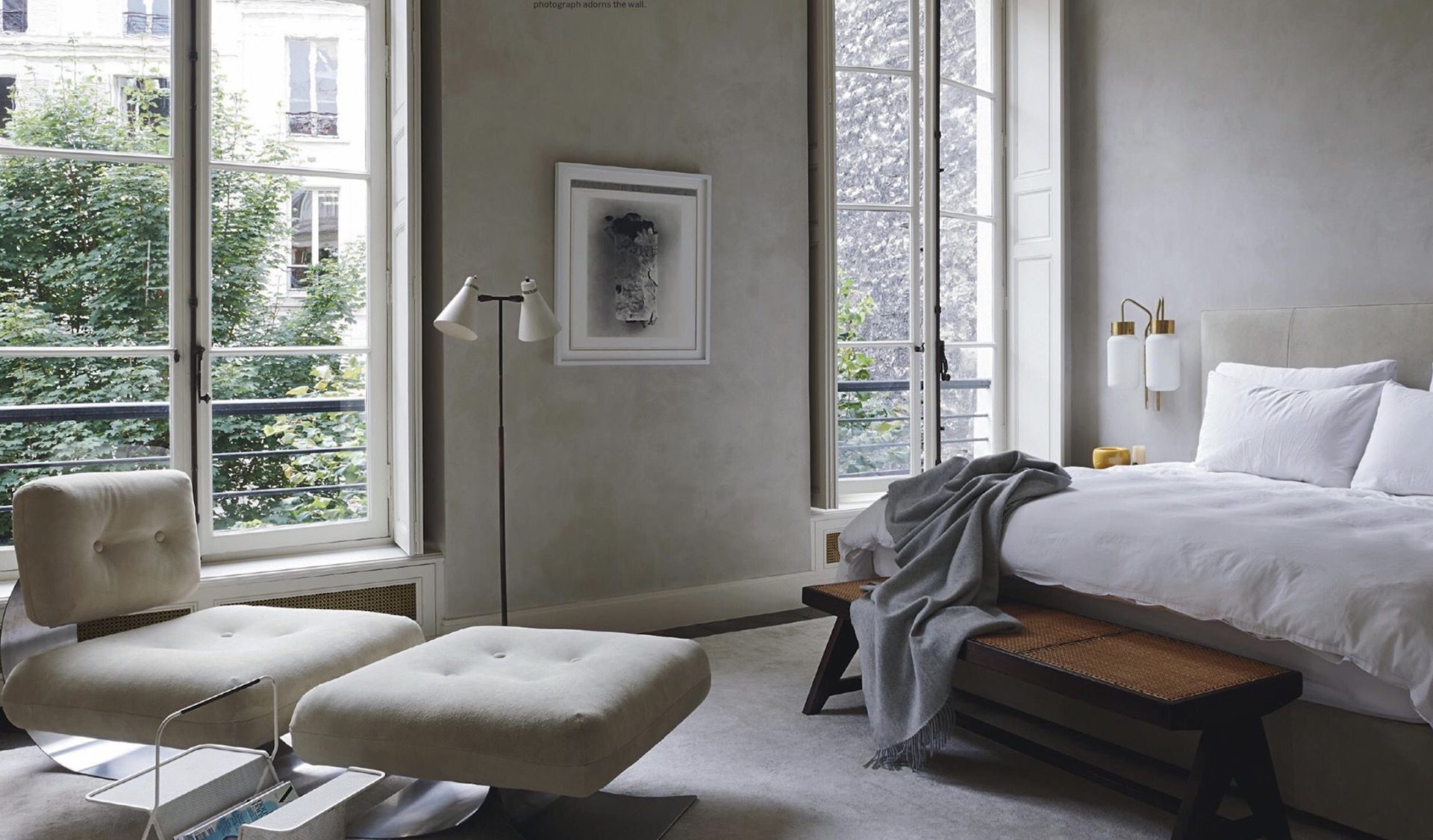We think hiring an interior designer for even the smallest revamps is money well spent. Here’s our guide to calling in the experts.
ONE:
Many people think that hiring an interior designer is only for those with superstar budgets. In fact, you can call in an expert for much smaller projects. Don’t be shy about asking them to revamp just one room, such as a bathroom. Read more, ‘This Is The First Thing An Interior Designer Notices When Entering A Home.’
TWO:
The idea that all interior designers do is plump up cushions and bring you armload of expensive chintzy fabrics is outdated. They should be able to work with you to create an overall vision for how you want your home to look, down to every last surface and door knob. Read more, ‘The 50 Best Decorating Tips of All Time.’
THREE:
Do your research before taking someone on – it’s not enough that your neighbour is raving about the hottest person in town. Look at their portfolio and choose someone who shares your taste. It sounds ovbvious, but if you love bright colours, it’s probably best to steer clear of someone whose stock in trade is slate and chrome. Read more, ‘Decorating With Colour: A 4 Step Guide.’
FOUR:
This isn’t just another business relationship – your home is a highly emotive space and it needs to work for you. Choose an interior designer that you not only get on with and respect, but whom you feel comfortable discussing the details of your everyday life with.

Thomas Hamel, renowned international interior designer at home for AFR Magzine.
FIVE:
A good interiors specialist can help you navigate through current design trends and work out which ones would work in your space. Dark wood floors, for example, can look great but they need to be balance with softer touches. Wooden floors can also cause problems with acoustics, creating weird echoes and distorting your television’s sound quality. Read more, ‘The 3 Basics of Good Decorating.’
SIX:
A decent interior designer should be able to source all sorts of original materials and finishes that you wouldn’t normally have access to, and at competitive rates. They can also offer advice on how you can best make use of those materials when it comes to durability, safety and aesthetics.
SEVEN:
One of the biggest advantages of working with professional people is that they can coordinate the different tradespeople. It’s notoriously difficult to know at what stage to bring in electricians, for example, and usually you need them to a first and second ‘fix’ – once before the place is full of plaster dust, and again when there’s no risk of damage to your beautiful new light fittings. Read more, ‘The 10 Deadly Decorating Sins.’
EIGHT:
Calling in a professional means you can leave all the annoying logisitics to them – from finding an ingenious place to put that mahogany heirloom from Aunt Tiffany you can’t throw out, to dealing with large items that won’t fit through the front door. Read more, ‘How To Decorate Your Shelves Like An Interior Designer.’
NINE:
Keep a close eye on the work as it’s in progress. If you really don’t like the way a colour looks once your’ve seen it used over a large area of your living space, speak up as soon as possible, because it’s far easier to do something about it then than when the job’s finished.
TEN:
Before hiring someone, always read the fine print in their contract – and pay particular attention to how they handle disputes about the finished work. Also make sure they have professional indemnity insurance; if they don’t, and something gets damaged, you’ll be stuck with the bill.
ELEVEN:
An interior designer will connect you with true experts such as an art historian who might be able to develop a new hand-blocked wallpaper design from fragments of an old wallpaper in your house. These are the touches that can really count.


